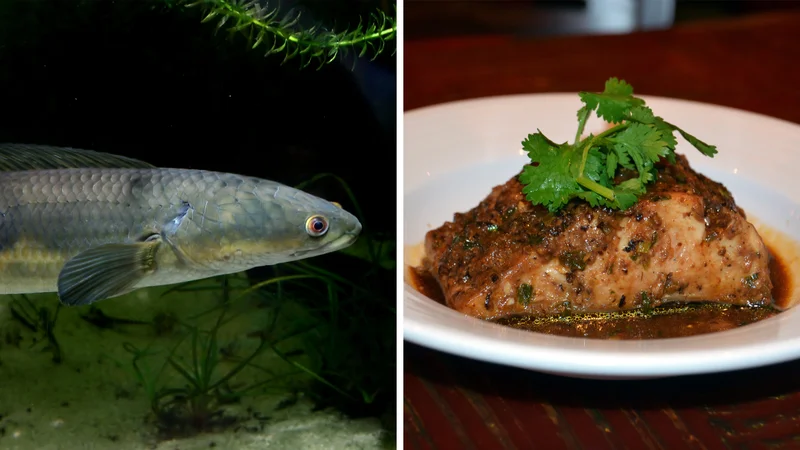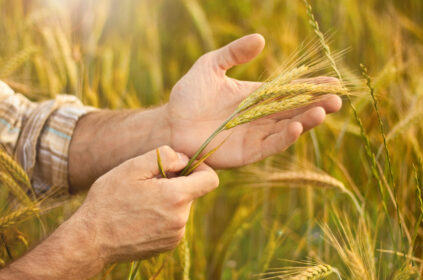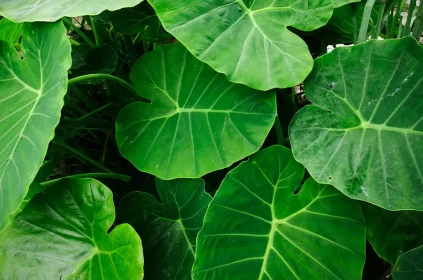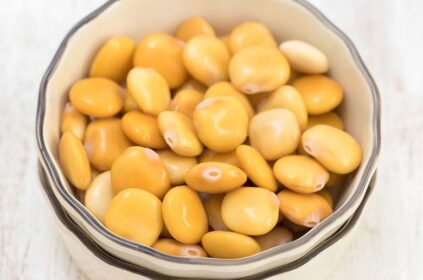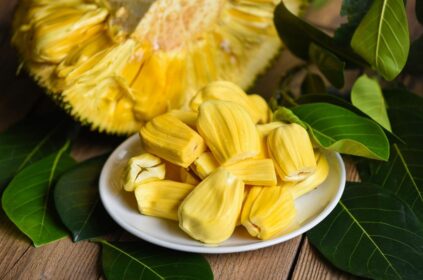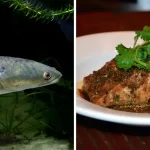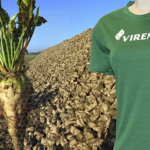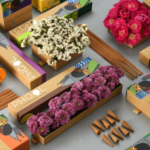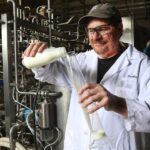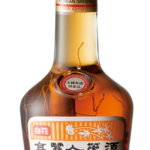For the dictionary, an invader is someone who invades and occupies a territory, whereas for nature, invaders are exotic species, that is, species that do not belong to that habitat and that proliferate in an uncontrolled manner, threatening the balance of an ecosystem.
But why do only invasive species proliferate so wildly? The reason is simple: As they are invading a space that is not theirs, they generally do not have predators. Thus, the lack of natural enemies means that they have complete freedom to reproduce, which causes an imbalance in the environment.

Examples of invasive species./ Source: Ministry of the Environment (Ascom/MMA)
But, there is a solution to this problem: We eat the invaders and restore balance in nature. Easy, isn’t it?
Why is the invader a problem?
First of all, imagine that a stranger breaks into your house and starts living there for an indefinite period of time.
And, for this reason, you will have to provide more food, your water and energy bills will increase. Furthermore, your attacker steals all your privacy. In nature it is similar.
Invasive species can cause all kinds of problems and are, for many researchers, an even greater threat to biodiversity than climate change.
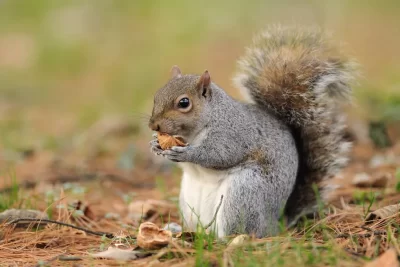
The gray squirrel is an invasive species that already has a population of around 2.7 million in the UK / Photo: GettyImages
Invaders may eat or parasitize native species, may compete for food, light and reproductive partners. Sometimes they bring new diseases with them. And, left unchecked, they overwhelm habitats and smother native wildlife.
Invasive species are true agents of chaos, and bring disorder to a system that was previously perfectly balanced. Finally, they can also cause a huge economic impact because they invade not only wild nature, but also plantations and crops.
How do invasive species invade an area?
The invasion can happen naturally, but in most cases, it is our fault. Yes, we humans once again create our problems.
As man spreads across the planet, more species are taken from one place to another, whether accidentally or on purpose. The Asian hornet, for example, is a species originating from China and considered a “murder wasp” due to its enormous size and its venom which, in multiple stings, can be lethal.
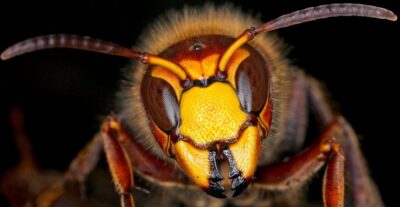
Female asian wasp./ Image: Philippe Garcelon via Flickr
And suddenly, this wasp from China was in the United Kingdom, unbalancing the entire ecosystem there. How is this possible?
The wasp eggs came on wooden pallets that transported fruit from China to Europe.
And the feast begins
But rest assured, we can help maintain nature’s balance by doing something super pleasurable and necessary for our survival: eating.
Conservation biologist Joe Roman pioneered the idea of bringing invasive species into our kitchens. This is a movement that already has a name, invasiorism, which preaches the idea of transforming invasive plants and animals into food.
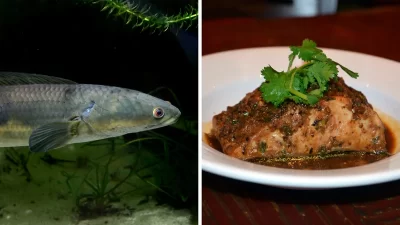
Dish made with lionfish, an invasive species./ Image: Phalinn Ooi/Flickr
In this way, this can reduce the destructive effect that these species have on biodiversity and also help to promote local and alternative cuisine.
Furthermore, estimates indicate that in the last 100 years, invasive organisms have caused more than 1.3 trillion dollars in damage around the world. Because many species of this type harm plantations and prevent the growth of forests, as is the case with wild boars in Brazil, for example.
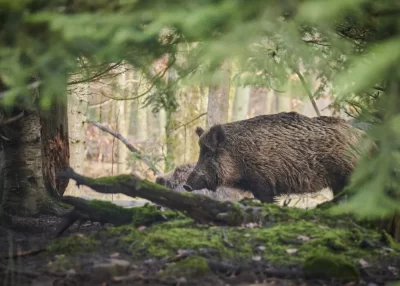
Wild boar is a type of invader./ Image: Paul Henri -Pixabay
That’s why food is a way out that not only takes care of the environment but also a lot of people’s pockets.
Wild boar barbecue
As we already mentioned, wild boars not only harm crops, but are also dangerous for humans. Boars are aggressive wild animals and can cause serious damage with their sharp tusks and teeth. But they can also become a restaurant dish.
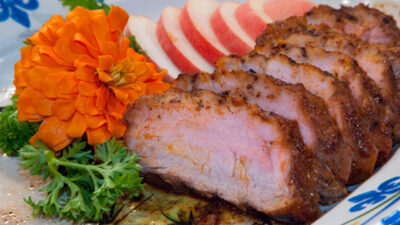
Dish made with wild boar meat./ Image: After the Hunt
That’s what Los Angeles chef Brandon Kida did. He created at his restaurant, Hinoki & The Bird, a dish made of wild boar meat, Chinese pepper and fish sauce that soon became the establishment’s flagship. He says that the flavor of wild boar meat is similar to pork, but with less fat. That is, you can take it to the barbecue.
Crab = snacks
If wild boar meat isn’t for you, how about some blue crab popcorn? The blue crab or Asian crab is a species that invaded the USA and is very resistant. That is, they are reproducing quickly and causing a huge headache. But these invaders are also delicious for making snacks, appetizers and snacks.
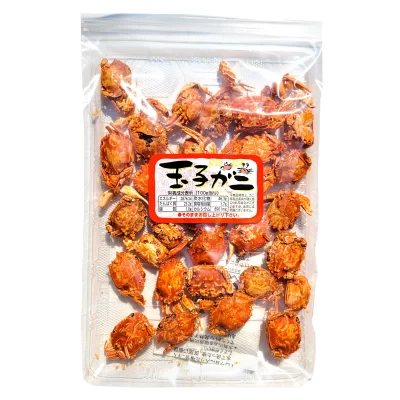
Crab snacks are commonly sold in Asian countries./ Image: Asian Veggies
You can even fry them like popcorn. Just heat some olive oil in a large skillet and submerge the blue crabs until they are a nice bright orange color. New Haven’s sushi restaurant called Miya´s does just that. They serve the crab popcorn as a delicious appetizer.
Can you also eat plants? Yes, you can!
You know the succulents, those cute plants that became a favorite to decorate your home? Yeah, they are also invasive and edible. Purslane is a species of succulent that has invaded the ecosystems of North and South America.
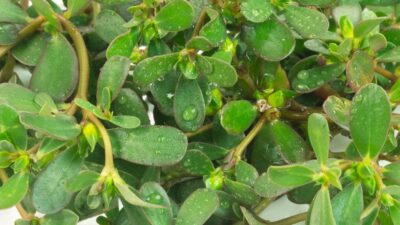
Invasive and edible succulent, it can be used in salads./ Image: Shutterstock
They often appear among the stones and cracks in the sidewalks. It is abundant in backyards around the world and irritates many gardeners. But what they don’t realize is that they can eat purslane.
It has a flavor very similar to arugula and is great for adding to salads. It is also a food super rich in omega-3 and beta-carotene.
Is there a dandelion there?
If you have a yard or garden you probably suffer from dandelions, right? This invader is virtually everywhere and literally spreads with the wind.

Image: Maria Brzostowska
Fortunately, dandelions are food and can be eaten from root to flower. Dandelions are full of vitamins, minerals and antioxidants. A cup of tea made from the leaves of this plant provides 112% of the vitamin A you need daily and 535% of your vitamin K needs.
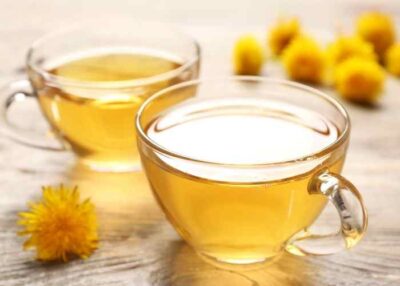
Dandelion tea./ Image: Everything Pretty
Moreover, dandelion tea is also used in homeopathic medicine for the treatment of muscle pain, constipation, intestinal gas and joint pain.
Bonus: invader as a raw material for packaging
Chemolex company, in Kenya, was quick to notice two problems at once: the amount of plastic in the world and the invasion of species in nature. With that in mind, she’s trying to kill two problems with one stone by creating a bioplastic alternative.
This alternative is called Biopactic and intends to completely replace the use of disposable plastic in the manufacture of diapers and bags.
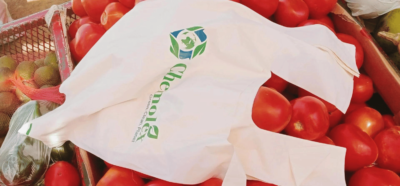
Plastic bag made from an invasive plant./ Image: Chemolex
And how is this bioplastic made? Using an invasive plant called water hyacinth as raw material. In this way, the benefit to nature is doubled: it removes plastic waste from nature and removes an invader from the lakes. And finally, the result is a 100% biodegradable and recyclable plastic alternative.
Making lemonade out of lemons
Eating a species that is an invader is literally just that. That is, it is taking advantage of what could end up becoming a major problem for the environment. It’s making the best of the situation, that is, seeing the glass full.
And if it’s full of something made with an invasive species, even better!
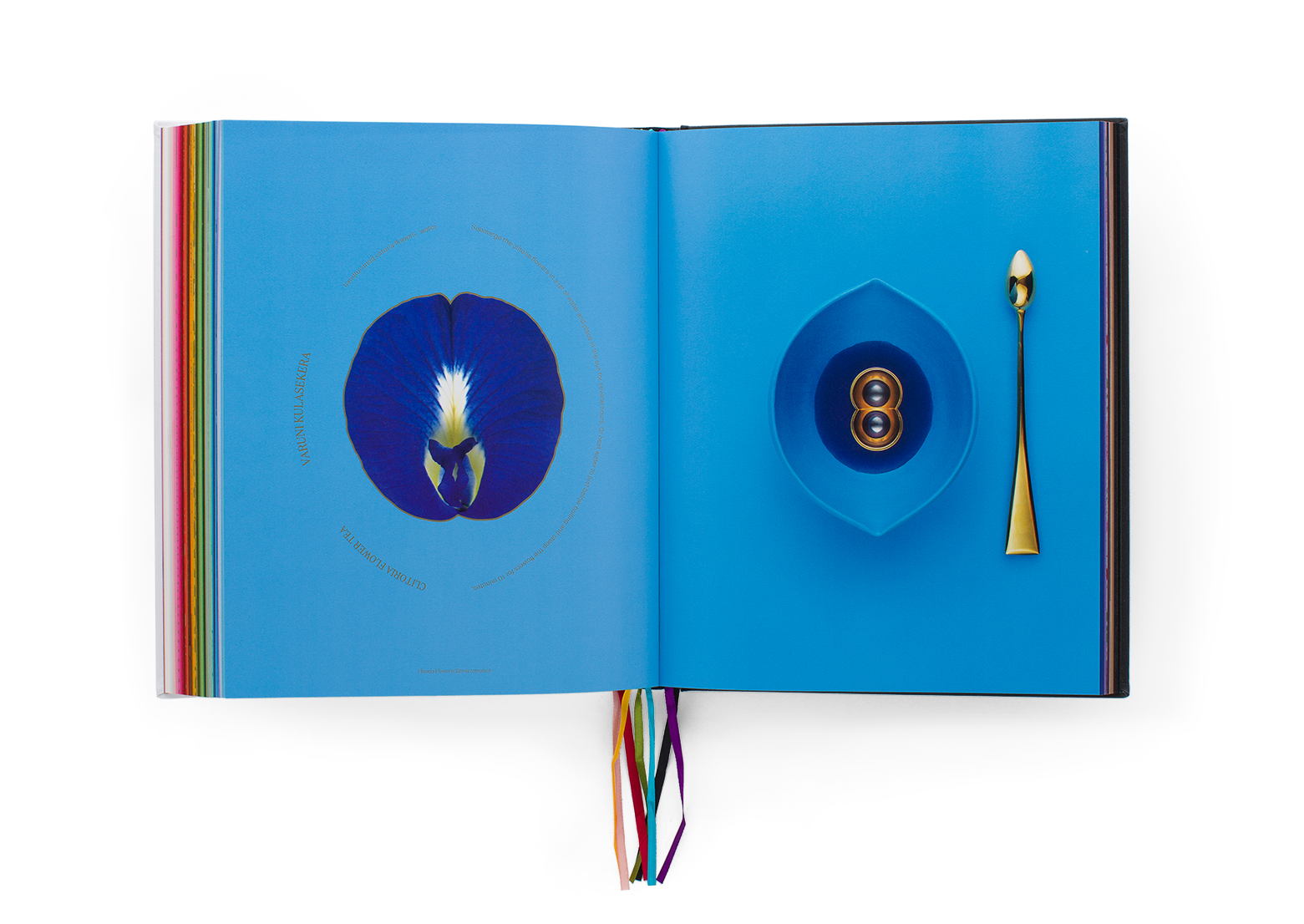
Did you know there is an invasive species cookbook? It’s to eat the invader with chef status!
Sources: SpringWise.com, Natural History Museum, Saveur.com, TreeHugger.com, gizmodo.com, Green Global Travel, Revista Trip, SoCientifica, Globo.com, OutsideOnline, Mona

